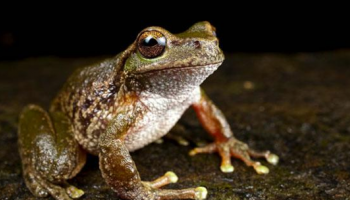While regenerating an entirely new body seems like something from science fiction, the concept itself might not be entirely out of the question.
Humans do have some regenerative capacity– we build scar tissue when injured, our bones can repair themselves, and infants can grow back the very tips of their fingers. Other animals have further regenerative capabilities. Geckos can grow back a tail, and sea stars can regrow arms. Axolotls have the incredible ability to grow back almost any body part that is injured or removed; including limbs, nerves, and even up to a third of their heart.
Research into what gives these animals the regenerative super powers that we lowly humans lack – much of it being done at Monash – could have massive implications for the future of modern medicine, and change the entire way we think about treating injury and disease. And that’s without even going into the amazing breakthroughs already being developed with the use of stem cells, at which point I just get too overwhelmingly excited and you guys, I just can’t, I just I cannot even, I can’t even.
So while I’m not implying that it’s likely humans will ever be undergoing any dramatic, fiery reincarnations into completely different bodies; I will say that it’s perfectly feasible that an alien species may be able to regenerate at will when it sadly becomes necessary (I miss you, number 10). And it’s certainly on the cards that, perhaps one day, we will take what we’ve learned about species that do possess this remarkable ability and translate it into real therapies for humans. Now, if only we could figure out how to reverse the polarity of the neutron flow…


